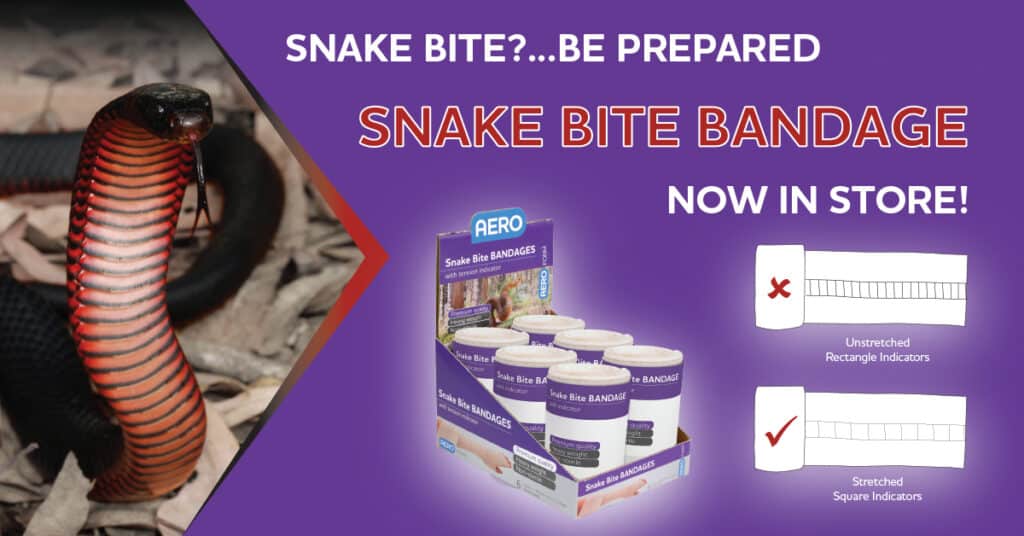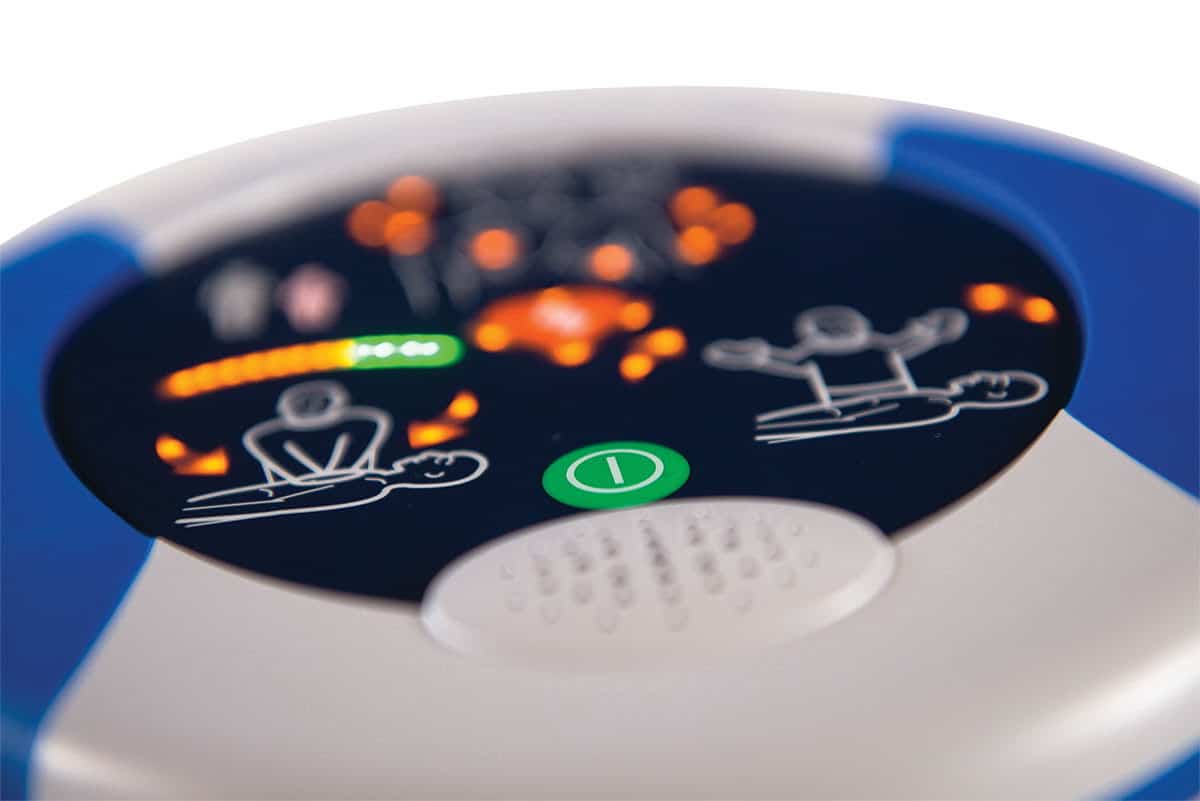
We certainly live in a lucky country, beautiful beaches a diverse array of rainforests, the wide sweeping plains and our arid deserts.
In amongst this great land of ours we have some of the most venomous creatures on the planet, both land and sea.
The best policy is to “simply leave them alone and they’ll leave you alone.”
Experts in the field can use the scale count method to determine the type of snake . This involves performing a series of counting scales of the snake’s body for a positive identification
How do I identify a venomous snake from non-venomous snake?
How do I tell the difference between one snake from another whether it’s venomous or non- venomous, good question? Unfortunately, there  is no easy answer when it comes to a simple identification method of snakes, colour can be highly variable amongst certain species and is a very unreliable.
is no easy answer when it comes to a simple identification method of snakes, colour can be highly variable amongst certain species and is a very unreliable.
Unless you’re an expert in this field by using the scale count method. The best policy is to “simply leave them alone and they’ll leave you alone.”
What should I do if I see a snake?
Alright you have just walked down a path or perhaps some unwelcome visitor has decided to enter your premises and you find yourself just that little to close for comfort to an old “Joe Blake” (snake).
The golden rule when your in such a predicament is to remain stationary, which is really easier said than done, your eye balling that snake and your thinking I’m not standing here to take a bite.
Some general facts about snakes!
Well let me assure you that snakes are quite shy and timid creatures when not antagonised or suddenly startled and their span of concentration is very short lived. (Somewhere in the vicinity of around 60 seconds) So by remaining still you’ll have a stand off situation that you are guaranteed to win if you play your cards right.(Stay still long enough and the snake will generally move away from you, they don’t usually bite things that do not move)
What I mean by this is no sudden movements you can yell out all you want as snakes have no external ears but rather feel vibrations through an electrical impulse system (hence standing still). Now if you are several metres away from your subject outside there strike range (general rule of thumb two thirds of the total body length of the snake ie: six foot snake allow four feet for an effect strike range). You are in a very good position to be out of harm’s way.
Keep a close eye trained on your subject and move slowly away, now I have heard a lot of stories about that elusive snake that has chased Mr. Blogs up the paddock and then right up to their front door. But I’ve never heard the story where the snake has actually caught anyone?
I can only say that snakes are instinctive creatures who live for several reasons, and that is for food, warmth, shelter and reproduction which none of these fit into a human/snake relationship, in other words that so called cranky snake has no desire to eat, sleep or take refuge with you or me.
What measures can I put in place to deter snakes from my property?
So what can we do to lessen the chance of inviting a snake around to our home?
Have a general clean up around your backyard don’t provide a safe haven.(Nice tidy lawn & no piles of rubbish)
If you have pets that require seed make sure your not also feeding unwanted vermin these are a big incentive for attracting snakes. (Keep feed in a secure container)
Compost heaps is another good source to invite a variety of different animals that feed of each other.(Perhaps use an enclosed compost bin)
By keeping your lawn low this makes it difficult for snakes to hide from their predators.(Windy days provide great cover for snakes as long grass is moving giving the reptile more opportunity to hide.
What do I do if I’m bitten by a snake?
With any snake bite remain as still as possible, why; well venom doesn’t initially enter the blood stream unless you have been bitten directly into a vein or artery.
Venom travels through our lymphatic system which works basically on muscular movement, so the more you move the faster the venom moves and this is importance behind staying completely still.
How do I correctly apply the first aid treatment?
Now apart from calling triple 000 and here the emergency plus phone app might be really useful. It has been recently updated to include the 3 word location system.
We need to compress and immobilise the affected limb, most bites do occur on the limbs 70% on the legs and 25% on the hands and arms, 5% are on the body
Once the person is completely still apply a large elastic bandage (10-15cms in width) starting at the finger tips or toes of the affected limb and wrap firmly all the way up to the top of the affected arm or leg, once the limb is compressed it’s now time immobilize the limb, that can be with a stick, rolled up newspaper or anything solid you can find.
Place the object over the top of the affected limb and secure it so it cannot be bent/ moved.
Another good idea is to mark the outside of the bandage so as to give the hospital staff an indication as to where the bite site is.
The do’s and don’ts with snake bite first aid.
Do keep the patient as still as possible.
Do use the Pressure Immobilisation Bandage (PIB) for compression/immobilisation treatment ASAP.
Do have the emergency services called immediately so they can get on their way to you.
Do carry a first aid kit that can treat bites and stings
Do keep your first aid skills up to date
Do download our free bites and stings chart here
Don’t wash the bite site.
Don’t cut, suck the bite site or use a tourniquet.
Don’t try to catch or kill the snake for identification purposes.
Don’t allow the patient to walk.
Don’t attempt to transport the person to hospital in your own vehicle (unless there are no other options)
What if I’m bitten on the body where I can’t bandage?
Around 5% of snake bites do occur in areas were a bandage cannot be applied and the simple treatment is to stay completely still and apply firm pressure over the bite site with firm pressure by a hand, ensure you have a non-porous dressing over your hand in case of any venom residue on the bite site.
In summary we do live in a lucky country with 40% of the world’s population of venomous snakes, but the good news is we are world leaders when it comes to envenomation.
Compression / immobilisation was an Australian concept, and we have developed the antivenin treatment over the years to combat envenomation for each species of venomous snakes found here in the land down under.
We are also the only country to develop and use a snake bite identification kit in the emergency department of hospitals.
Annually we have between 3 to 4 thousand snake bites with an average of 2 to 3 deaths.
Despite the majority of venomous snakes that we do live with our understanding of these creatures and medically breakthroughs that have come into fruition has guided us to live alongside these highly venomous creatures.
I believe with some knowledge and a bit of common sense we can all live together in this amazing land of ours. Remember the adage that “the power of knowledge is the power that drives out fear”.
So maybe you should be updating those first aid skills and be prepared with a bites an stings package





